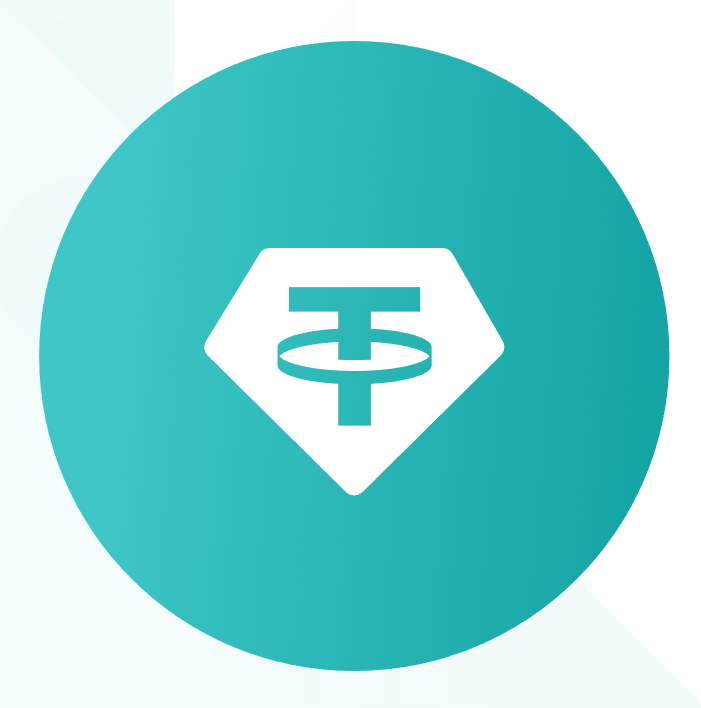
Due to the sanctions against Tornado Cash, the market capitalization of the Tether stablecoin has grown by almost two billion dollars. Tether has also become the main target for fake news. Information spread online that the SEC has accused the company of selling securities. A forged document was used as evidence.
After OFAC imposed sanctions against Tornado Cash on August 8, on recommended authority Circle blocked 44 addresses with assets in USDC and Ether, while Tether did not block these addresses. We can assume that this is what made investors withdraw their funds from the USDC, and choose a stable USDT coin as a safe haven for their savings.
In their blog, Tether explained in detail their position on freezing wallets, assuring the community that they do not freeze wallets of exchanges and various services, despite cooperation with law enforcement agencies.
“Tether works closely with law enforcement worldwide to assist in investigations, including freezing addresses. We are in almost daily contact with key law enforcement officers and pride ourselves on the timeliness with which we respond to their requests. When Tether receives an applicable/legitimate request from a verified law enforcement agent to freeze a privately held wallet, the Company complies with the freeze (we do not freeze wallets of exchanges/services).”
The fact that the market capitalization of USDT is growing, while the market capitalization of USDC is falling was pointed out by the chief technical officer of Tether, Paolo Ardoino, in his Twitter.
It seems that the fact that Tether did not block the addresses with assets that OFAC marked out attracted the attention of not only investors, but also intruders who decided to question trust in the company and sully its reputation.
A document appeared online that represented the official accusations of the SEC that Tether was selling unregistered commercial papers. However, an anonymous Twitter user indicated that the document is a fake.
In fact, the attackers changed the SEC’s February document, in which BlockFi was called to account. After the attackers changed the date of the document and the data about the company, the public saw a fictitious document against iFinex, which owns Tether.
Paolo Ardoino again did not stand aside and stated that whoever is engaged in the distribution of fakes about Tether has to gain personally from this.
Tether has consistently shared its reports and audit results with the community and, as we wrote earlier, has set a course for maximum transparency in its work. Therefore, this kind of news, if it were true, would really hit the company’s reputation very hard because the forgery of these documents would call into question the authenticity of all documents that the company has provided in the past. The first fake document was published by a Twitter user with the nickname Cryptowhale, judging by the comments on Paolo’s tweet, the attacker is launching fake news and not for the first time.
The fact that the community quickly ‘cottoned on’ to the attacker is good news, and some Twitter users even supported the company, emphasizing that they believe in Tether. Now it’s hard to imagine what new things we will learn about the work of Tether next time, but we will continue to observe and share interesting information with you.

